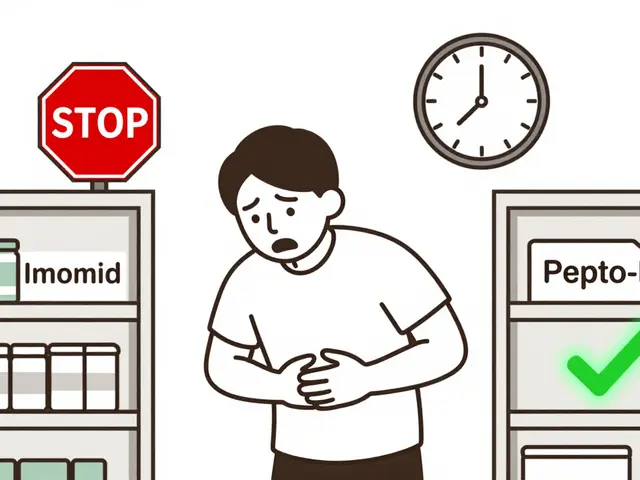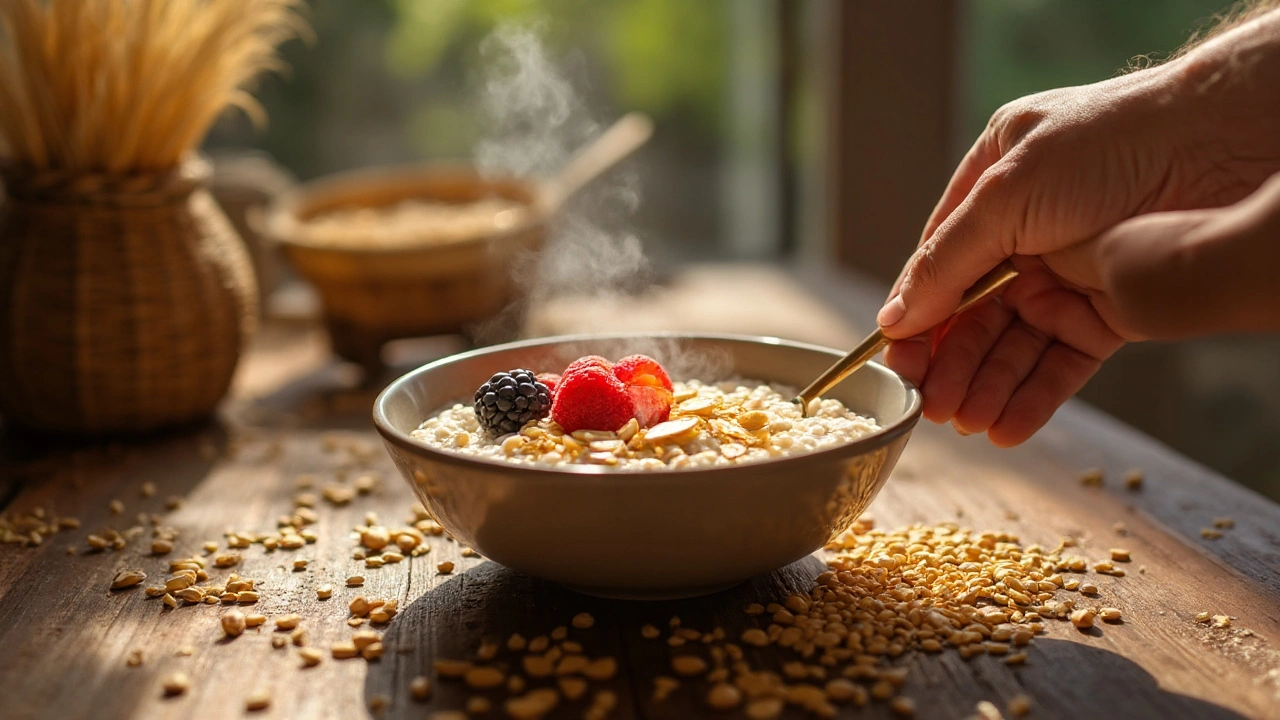Dietary Fiber – Why It Matters for Blood Sugar and Overall Health
If you’re trying to keep blood sugar steady, feeling full longer, or just want a happier gut, fiber is a silent hero. It’s the part of plant foods that your body can’t break down, so it slides through the digestive tract mostly untouched. While you can’t see it, the benefits show up in steady energy, lower cholesterol, and smoother digestion.
Most people get less fiber than they need. The average American eats about 15 grams a day, but experts recommend 25‑30 grams for women and 30‑38 grams for men. That gap can make blood sugar spikes more common and leave you feeling hungry soon after meals. Let’s fix that with practical steps you can start today.
Types of Fiber and Their Benefits
Fiber comes in two main flavors: soluble and insoluble. Soluble fiber dissolves in water and forms a gel‑like substance. This slows down glucose absorption, which means smoother blood sugar levels. Good sources include oats, barley, beans, apples, and psyllium husk.
Insoluble fiber doesn’t dissolve. It adds bulk to stool and helps move food through the gut, preventing constipation. It also supports gut bacteria that keep inflammation down. Whole‑grain breads, nuts, seeds, and the skins of fruits and veggies are top picks.
Both types work together. When you mix them, you get a balanced gut environment, better cholesterol numbers, and a steadier appetite. That balance is especially useful if you’re managing diabetes or trying to lose weight.
Practical Tips to Add More Fiber Daily
Start your day with a high‑fiber breakfast. Swap sugary cereal for oatmeal topped with berries and a sprinkle of chia seeds. Even a half‑cup of cooked oats gives you about 4 grams of fiber.
Turn every snack into a fiber boost. Grab a handful of almonds, an apple with the skin on, or carrot sticks with hummus. Those choices add 3‑5 grams each, and they keep you full longer.
When you cook, think about swapping refined carbs for whole‑grain alternatives. Use brown rice, quinoa, or whole‑wheat pasta instead of white rice or regular pasta. One cup of cooked quinoa provides roughly 5 grams of fiber.
Don’t forget the power of legumes. Add a spoonful of black beans, lentils, or chickpeas to salads, soups, or even a sandwich. A half‑cup of cooked lentils adds about 8 grams of fiber and a decent hit of protein.
Finally, hydrate. Fiber needs water to move through the gut. Aim for at least eight glasses of water a day, especially if you increase fiber quickly. This helps avoid the common side effect of bloating or gas.
By mixing these habits into your routine, you’ll see steadier blood sugar after meals, lower bad cholesterol, and fewer trips to the bathroom for emergencies. It’s a win‑win for anyone watching their weight or dealing with metabolic concerns.
Remember, small changes add up. Replace one refined snack with a fruit, swap white rice for brown once a week, and drink an extra glass of water. In a few weeks you’ll notice you’re less hungry, have more energy, and your blood sugar readings look smoother. That’s the quiet power of dietary fiber at work.



